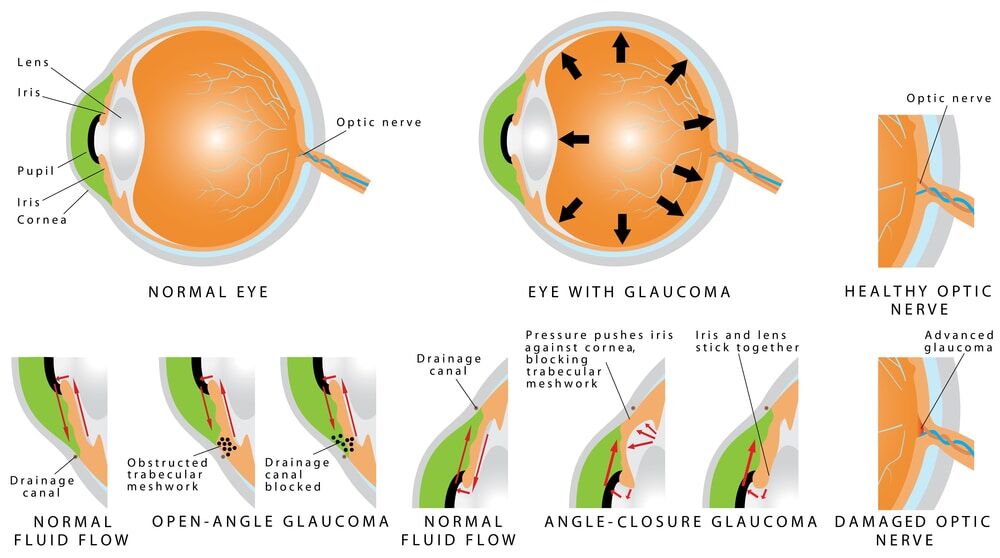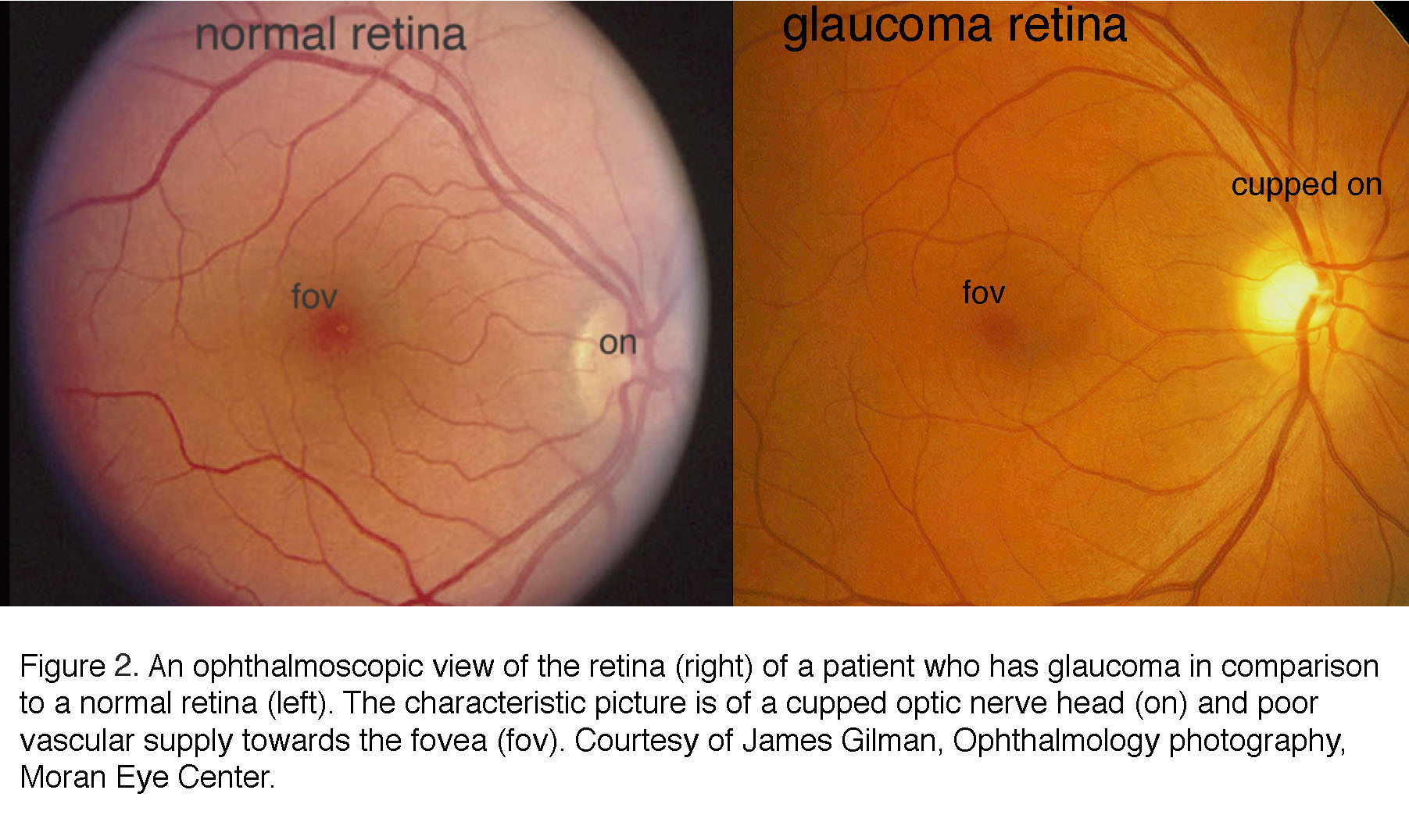Top Eyecare Near Me: Professional Solutions for Optimal Eye Health
Top Eyecare Near Me: Professional Solutions for Optimal Eye Health
Blog Article
Understanding the Different Vision Modification Procedures Available for Clearer Sight
In the realm of vision correction procedures, a wide variety of options exist to deal with refractive mistakes and offer individuals with clearer sight. From the extensively recognized LASIK surgical procedure to much less intrusive treatments like PRK and implantable lenses, the area of ophthalmology uses a variety of strategies tailored to fit different needs and preferences. Each treatment features its very own collection of considerations, benefits, and prospective risks. Understanding the nuances of these vision improvement approaches is critical for making informed decisions regarding one's aesthetic health. Let's check out the details of these procedures and lost light on the course to attaining enhanced vision clarity.
LASIK Surgical Treatment
LASIK surgical treatment is a typical refractive treatment utilized to correct vision problems such as astigmatism, nearsightedness, and farsightedness. This surgical technique, which stands for Laser-Assisted in Situ Keratomileusis, intends to reshape the cornea to boost how light is concentrated on the retina, eventually improving vision clarity.
One of the key benefits of LASIK surgical treatment is the rapid renovation in vision experienced by patients. Overall, LASIK surgery is a preferred selection for people seeking a lasting option for their vision problems.
PRK Procedure
While likewise an usual refractive treatment, the PRK (Photorefractive Keratectomy) technique differs from LASIK surgical procedure in its technique to dealing with vision issues. In PRK, rather than developing a flap on the cornea, the outer layer of the cornea, called the epithelium, is completely eliminated. This enables the laser to reshape the cornea to deal with refractive mistakes such as astigmatism, nearsightedness, and farsightedness directly externally.

In spite of the longer recovery time, PRK can produce excellent lead to vision renovation, making it a valuable choice for those who may not be appropriate candidates for LASIK surgical treatment.
Implantable Lenses
In comparison to PRK where the cornea is reshaped straight, implantable lenses offer another technique for remedying vision by inserting artificial lenses inside the eye. This treatment is especially advantageous for individuals with high levels of nearsightedness, astigmatism, or farsightedness that might not be ideal candidates for laser surgical treatments like LASIK or PRK.
Implantable lenses, additionally referred to as phakic intraocular lenses, work by supplementing the eye's all-natural lens with a man-made one. retina service near me. These lenses can be put in front of the all-natural lens (former chamber) or behind the iris and in front of the all-natural lens (posterior chamber) By readjusting the power and positioning of these lenses, eye doctors can properly correct refractive errors and enhance visual skill
One advantage of implantable lenses is that they are detachable and exchangeable, supplying adaptability for future changes. As with any type of medical treatment, there are dangers entailed, such as infection or cataract formation. People thinking about implantable lenses need to speak with an eye treatment specialist to determine one of the most appropriate alternative based upon their individual needs and eye wellness.
Corneal Rings
Corneal rings, likewise referred to as intracorneal ring segments, are tiny, transparent tools put right into the cornea to correct vision distortions such as look at here keratoconus. Keratoconus is a problem where the cornea thins and protrudes outside, triggering vision to come to be distorted. The insertion of corneal rings aids to squash the cornea, improving aesthetic skill and decreasing the irregular astigmatism triggered by keratoconus.
The procedure for placing corneal rings is relatively quick and minimally intrusive, commonly performed as an outpatient treatment. Throughout the surgery, the eye doctor makes a little cut in the cornea and inserts the rings at a details depth. As soon as in place, the rings assist to improve the cornea, supplying a smoother surface area for light to go into the eye, which can result in clearer vision.
Corneal rings are considered a reversible procedure, as they can be removed or changed if needed. glaucoma service near me. While they might not totally remove the demand for glasses or get in touch with lenses, corneal rings can substantially enhance vision top quality and general visual convenience for individuals with keratoconus or various other corneal irregularities
Refractive Lens Exchange
Following the correction of corneal abnormalities with treatments like corneal rings, another vision correction method that can address refractive errors is Refractive Lens Exchange (RLE) RLE is a procedure that involves changing the eye's all-natural lens with a synthetic intraocular lens (IOL) to correct refractive mistakes such as farsightedness, nearsightedness, and presbyopia. This procedure is especially beneficial for people who might not be suitable candidates for procedures like LASIK or PRK as a result of aspects such as thin corneas or high refractive errors.

Final Thought
To conclude, there are various vision improvement procedures readily available to aid people attain clearer view. LASIK surgical treatment, PRK treatment, implantable lenses, corneal rings, and refractive lens exchange are all choices that can deal with various vision concerns. It is necessary for people to consult with their eye treatment provider to determine one of the most suitable procedure based on their certain needs and preferences. With improvements in modern technology, achieving boosted vision is currently extra obtainable than ever.
In the realm of vision adjustment treatments, a multitude of choices exist to resolve refractive mistakes and offer people with clearer sight.LASIK surgery is an usual refractive procedure utilized to remedy vision problems such as astigmatism, farsightedness, and nearsightedness.While also a common refractive treatment, the PRK (Photorefractive Keratectomy) strategy differs from LASIK surgical treatment in its strategy to correcting vision problems.Adhering to the improvement of corneal irregularities with treatments like corneal rings, one more vision adjustment method that can resolve refractive errors is anonymous Refractive Lens Exchange (RLE) LASIK surgical treatment, PRK procedure, implantable lenses, corneal rings, and refractive lens exchange are all options that can resolve different vision problems.
Report this page